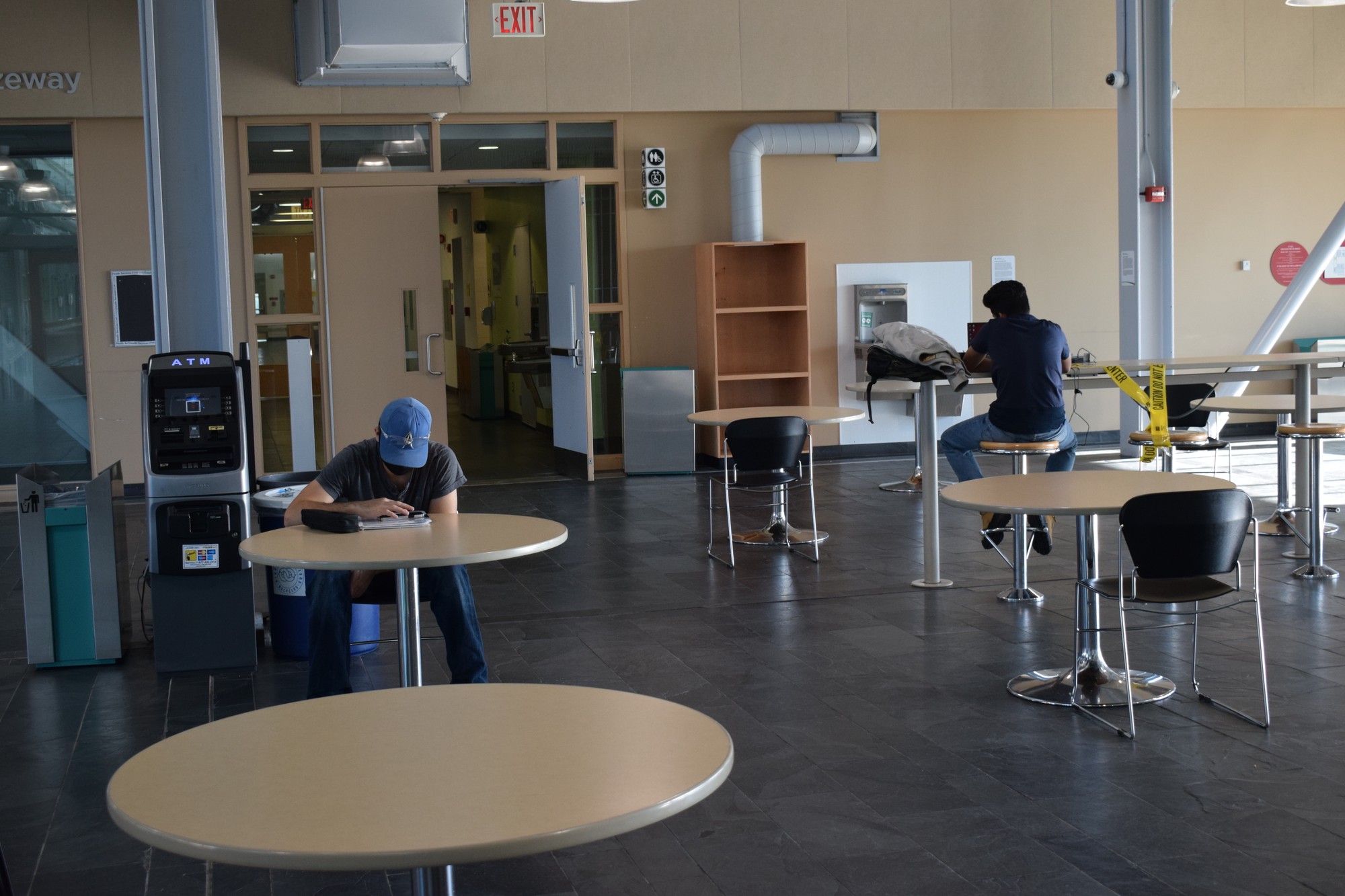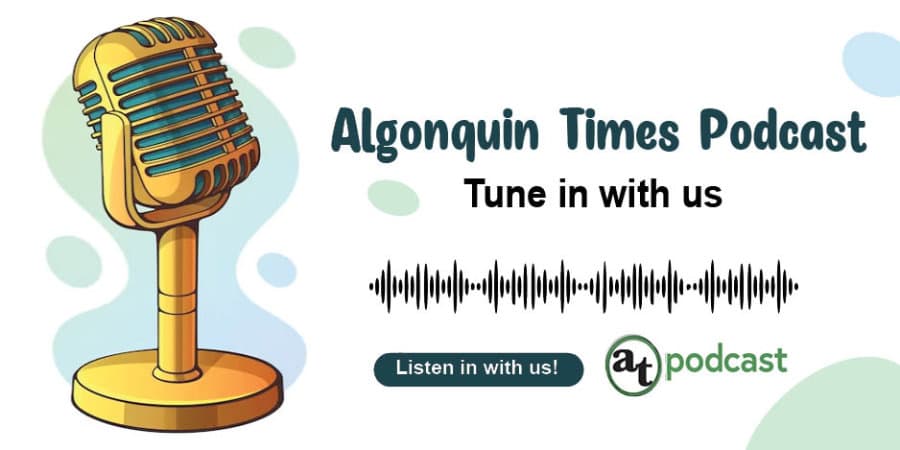What you need to know about the new COVID-19 recovery benefits

Early in the pandemic, the federal government launched benefits such as the Canadian Emergency Response Benefit and the Canadian Emergency Student Benefit to support Canadians as the economy shut down.
For students struggling to find work, these benefits offered relief from the financial stress of tuition, rent and other expenses.
“CERB was helpful for me because it was the only way I was able to pay for school this fall semester,” said Avery Batchelar, 19, a bachelor of public safety student at Algonquin.
“When I lost my job, I really struggled to find another one because my experience was limited to restaurants and most of them were closing down. It helped me pay for school but I would also say that it took off a huge amount of stress off my shoulders.”
Despite the end of the CERB and CESB, there are still those who need financial support.
According to the federal government’s website, the number of working post-secondary students aged 15 to 29, decreased by 28 per cent in March from February.
“During the pandemic, the need for financial support continues to be true,” said Krista Pearson, the College’s registrar. “For some students, the need for financial support could be greater with unexpected impacts that could include family, health, or employment.”
In an effort to help those with reduced income, the federal government recently launched three new benefits to provide financial support for those who need it.
These new benefits include the Canadian Recovery Benefit, the Canadian Recovery Caregiver Benefit and the Canadian Recovery Sickness Benefit. EI has also been modified to be more easily accessible.
Here’s what you need to know about the new benefits.
Canadian Recovery Benefit
The CRB is for self-employed workers, those who have lost work because of COVID-19 and those who do not meet requirements for EI. The benefit pays out $1,000 ($900 after taxes) every two weeks.
The CRB operates in biweekly periods which began Sept. 27. Residents must apply through the CRA for each period and can apply for up to 26 weeks.
It is available to workers ages 15 and over who have seen at least a 50 per cent reduction in average weekly income compared to the previous year. They must have earned at least $5,000 in 2019, 2020 or in the 12 months before their first application.
You can work and earn income while receiving the CRB, but will be required to reimburse 50 cents for every dollar earned over $38,000.
To receive the benefit, you must currently reside in Canada, but do not need to be a citizen. You must “have not quit your job or reduced your hours voluntarily on or after Sept. 27, 2020, unless it was reasonable to do so,” states the CRA’s requirements for the benefits.
Employment Insurance
EI offers a minimum weekly payment of $500. It provides temporary income support to unemployed workers while they look for employment, develop skills or take time off work due to special life events.
Because of COVID-19, the government has made temporary changes to EI for a year starting Sept. 27. Workers now need to have worked only 120 insured hours in the last 52 weeks, but this can be extended if they received the CERB.
Canadian Recovery Sickness Benefit
The CRSB is available to workers who miss at least 50 per cent of their scheduled work week because they are sick with COVID-19, have been advised to self-isolate or have an underlying health condition that puts them at risk of getting COVID-19.
This benefit helps prevent the spread of the virus by allowing those who can not afford to miss work to self-isolate but maintain an income. You are not eligible for the benefit if you receive paid leave from your employer during the same period.
It offers a weekly payment of $500 and must be applied for weekly. The benefit is available for two periods of eligibility.
Canadian Recovery Caregiver Benefit
The CRCB is for people who must care for a child under 12 or another family member and can not work as a result. “This applies if their school, regular program or facility is closed or unavailable to them due to COVID-19, or because they are sick, self-isolating, or at risk of serious health complications due to COVID-19,” state the government’s outline for the benefit.
The benefit pays $500 a month and must be applied for weekly. “You may apply up to a total of 26 weeks between Sept. 27, 2020, and Sept. 25, 2021,” state the government’s outline for the benefit.
For more information on the benefits, see the government’s economic response plan.








